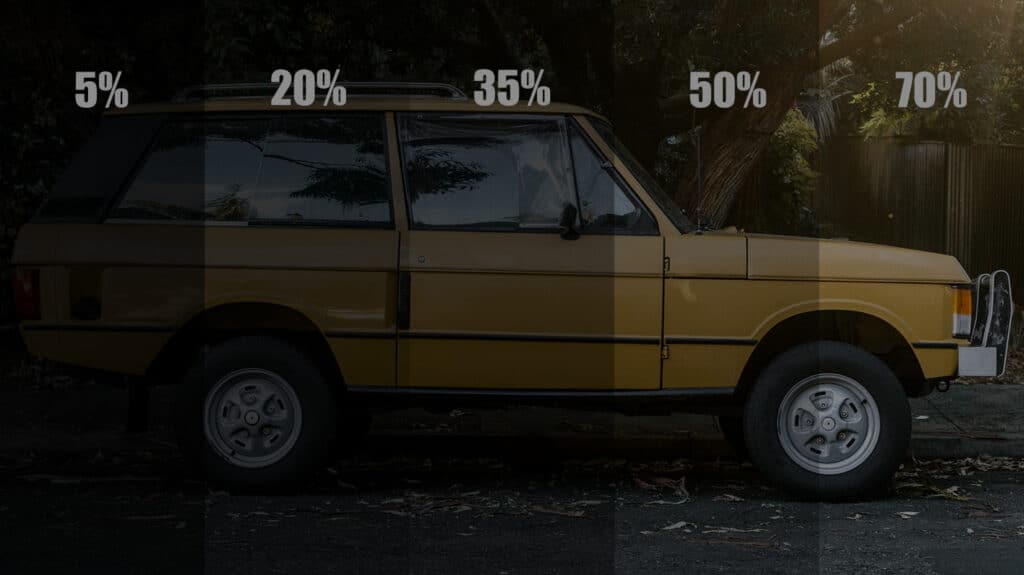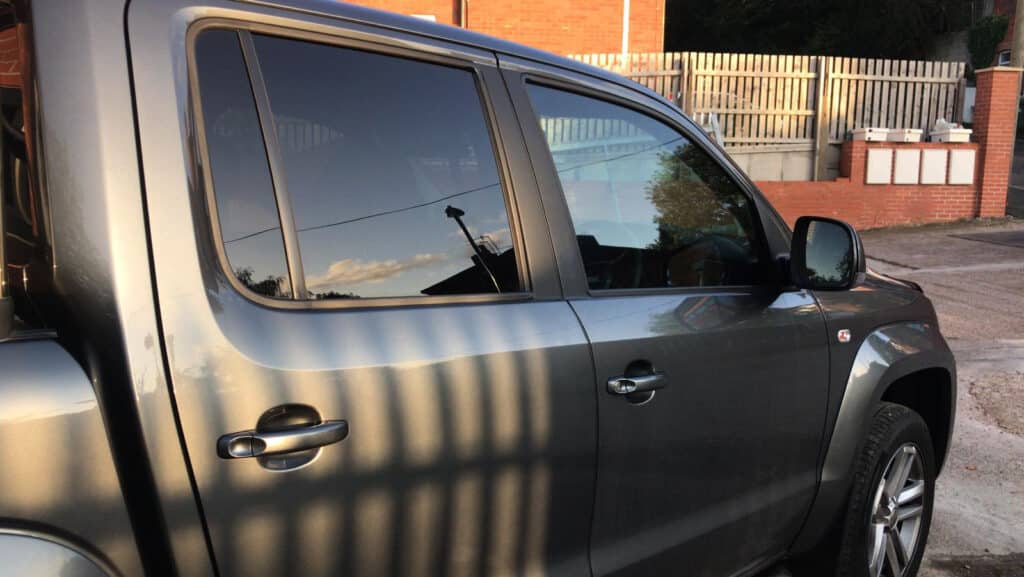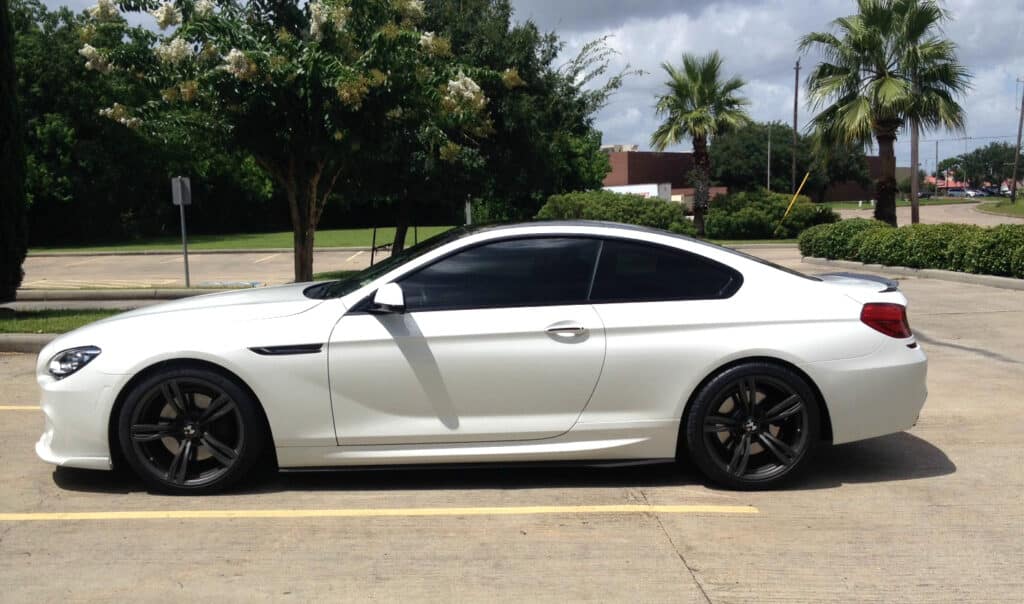Getting your window cars tinted is a great idea. However, you must do so in compliance with your state’s tint laws. In Washington State, for instance, there are certain guidelines around how dark your tint can be.
Tinted car windows offer many benefits, including UV and heat protection, privacy, improved aesthetics, and even safety.
The main reason why people choose to tint their car windows is to protect themselves and the interior of their car from UV rays.
Tinted cars give off a sleek appearance and keep the occupants cool on hot days. Find everything you need to know about the Washington State tint law in this guide.
Is Window Tint Legal In Washington State?

Car window tint laws are different across the United States. In Washington State, tint laws came into action in 1993.
These regulations are subject to change over time. Therefore, it is important for vehicle owners to keep themselves updated about current regulations.
Washington tint laws regulate factors such as tint color, positioning, amount of light transmission, and reflection. Below you will find these in more detail.
Permitted Window Tint Darkness

VLT or visible light transmission is the unit of measurement that is used to grade the darkness of a tint film. This percentage refers to the amount of light that can pass through a tinted window.
If the percentage of VLT is high, then more visible light is allowed into your vehicle. On the other hand, if the percentage of VLT is low, then less visible light can pass through the tinted window.
For example, 60% VLT allows more light in through the tinted window than 30% VLT. This percentage differs for passenger and multi-purpose vehicles.
Sedans
Windshield: Non-reflective tint can be applied over the top six inches or above the AS-1 line.
Driver-side windows: Tint must have over 24% VLT
Passenger-side windows: Tint must have over 24% VLT.
Rear window: Tint must have over 24% VLT.
SUVs and Vans

Windshield: The top six inches can be covered with a non-reflective tint.
Driver side windows: Over 24% light must be allowed in.
Passenger-side windows: There are no regulations for tint darkness.
Rear window: There are no regulations for tint darkness.
Acceptable Tint Reflection
Certain tinting films have metallic elements in them that reflect light. This deflection of incoming light aids in reducing heat and glare.
Just as there are permitted levels of tint darkness, each state has a fixed percentage of acceptable tint reflection.
Tint darkness refers to how much light can pass through the tinted window, whereas tint reflection determines how much light gets bounced off the tinted window.
Sedans

Windshield: Tint must not be reflective.
Driver-side windows: Up to 35% reflective tint is allowed.
Passenger-side windows: Up to 35% reflective tint is allowed.
Rear window: Up to 35% reflective tint is allowed.
SUVs and Vans
Windshield: No reflective elements must be present.
Driver-side windows: Reflective tints of up to 35% are legal.
Passenger-side windows: Reflective tints of up to 35% are legal.
Rear window: Reflective tints up to 35% are legal.
Other Washington State Tint Rules You Need to Know
In addition to the above regulations, there are a few additional rules that you must be aware of.
- Side mirrors: In case your vehicle’s rear window is tinted, dual-side mirrors are required.
- Colored tint: All colored tints, with the exception of amber, red, and yellow, are allowed in the state.
- Window tint certification: Tint manufacturers are required to certify tinting film. Ensure you are using a certified film.
- Certified sticker: A certified sticker must be placed on the driver’s side window in order to display the legality of the tint.
- Medical exemptions: The state makes medical exemptions for those with conditions requiring special window tints.
- Fine for violations: If someone is caught in violation of the state’s tint laws, they will face a traffic infraction.
Washington State Info

Named after the first President of the United States, the state of Washington was admitted into the Union in 1889.
It lies in the northwestern region of the country and borders Idaho, Oregon, the Pacific Ocean and British Columbia.
The state has 39 counties in total. Seattle is not only its largest city in terms of area but also its most populous city. The state’s forests are the most extensive in the country, with over half of the land falling under forested areas.
Population: 6,897,012
Capital: Olympia
Registered vehicles: 7,257,401
Total lane miles: 167,632
Number of highways: 3
Tint law references: Washington State Legislature

